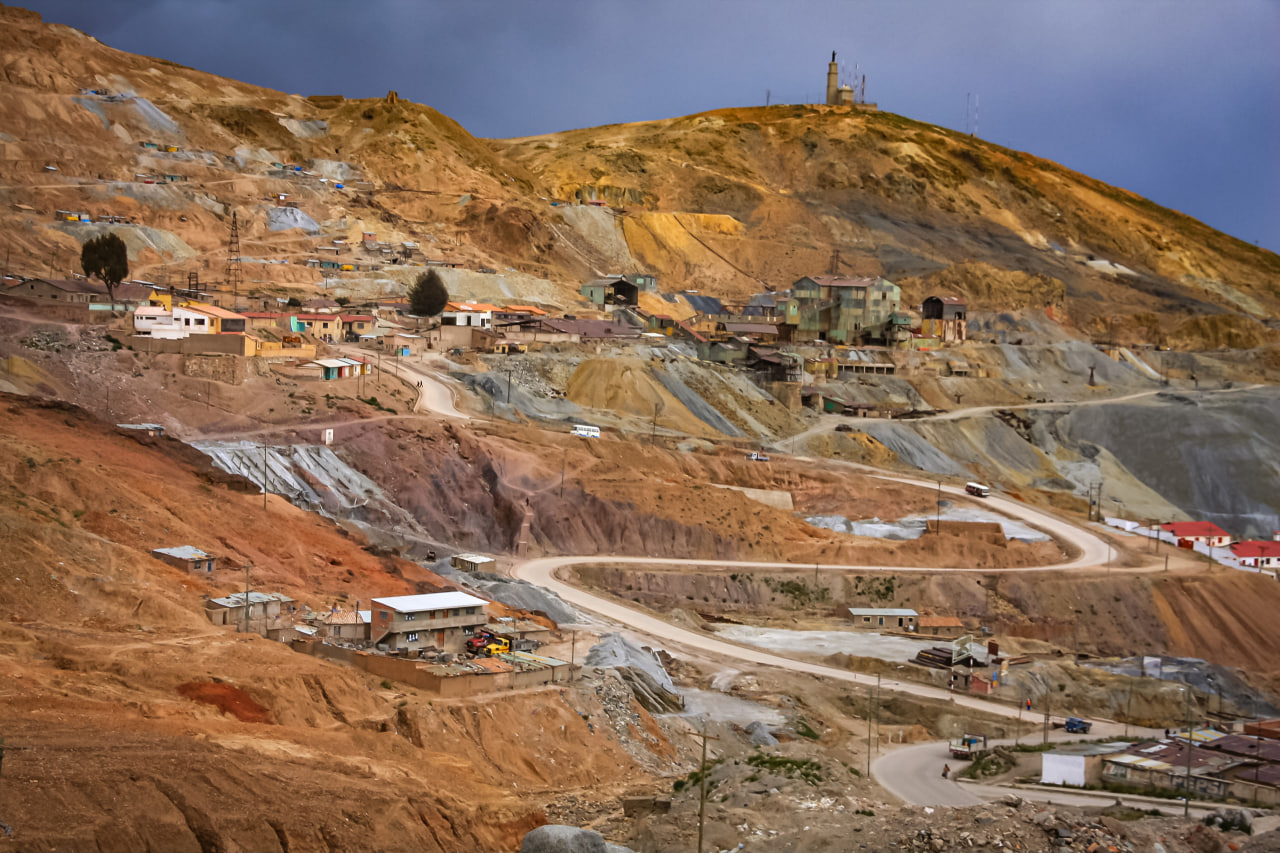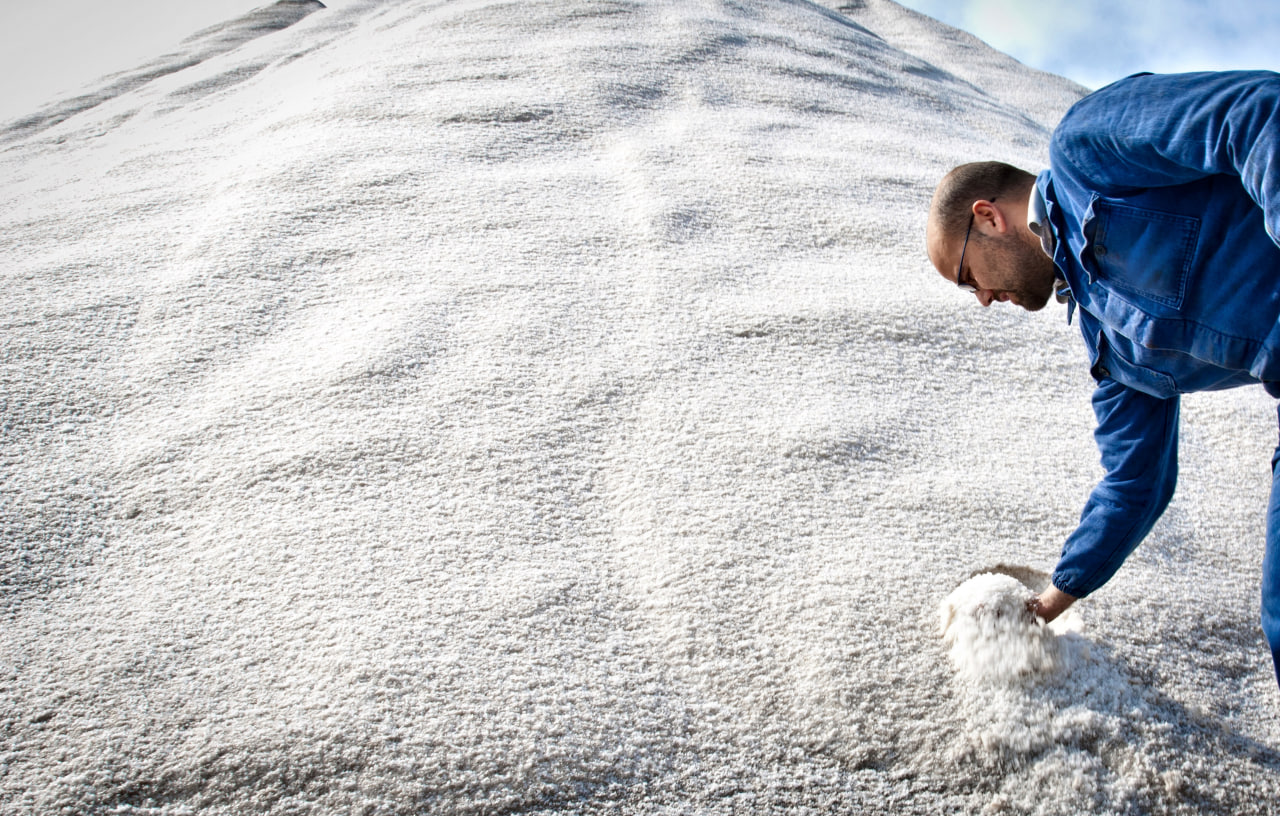Introduction
Iran is one of the world’s top 15 mineral-rich nations, boasting proven reserves of iron, copper, zinc, lead, gypsum, barite, and even lithium and rare earths (tehrantimes.com). In the last fiscal year, Iran extracted over 41 million tons of mineral products, generating nearly $13.7 billion in export revenue . Yet, much of this output remains underdeveloped—creating a golden opportunity for European and East Asian industries eager for stable, diversified mineral supply.
This article explores Iran's mineral potential, global industrial demand, strategic advantages, challenges to entry, and practical steps for success.
1. Iran’s Mineral Portfolio & Industry Snapshot
Iron ore: Among the world’s top ten production capacities, centers in Yazd, Kerman, and Bafq (en.wikipedia.org)
Zinc & lead: Iran ranks among the top reserves globally; production includes significant lead concentrates (tehrantimes.com)
Copper: One of the world’s largest reserves, anchored around Sar Cheshmeh mine (en.wikipedia.org)
Gypsum, barite, salt: Among global leading reserves (tehrantimes.com)
Lithium: A newly confirmed 8.5 million-ton reserve in Hamedan—second-largest globally (miningsee.eu)
Rare earths & more: 68 different minerals identified; many under-explored yet critical
Recent strategic projects added $1.3 billion in mine infrastructure, boosting steel, titanium, zinc, and pelletizing capacity (tehrantimes.com).
2. Why Europe & East Asia Need Iran’s Minerals
🔸 A. Electronics & EV Manufacturing
Lithium, rare earths, and copper are essential for EVs, batteries, and renewable energy systems. Iran’s upcoming lithium could help supply critical components (mei.edu).
🔸 B. Steel & Construction
Europe’s green transition calls for reliable steel-related minerals like iron, barite, and manganese. Iran’s capacity (e.g., Chadormalu mine producing 7 M tons of iron concentrate annually) .
🔸 C. Battery & Energy Storage
Lead concentrate remains in demand for battery production. Iran exports to China, India, and Europe—and prices favorably due to low costs (atdmco.com).
🔸 D. Industrial & Chemical Inputs
Zinc, gypsum, salt, barite, and sulfur are essential to chemical plants and industrial processes—creating fertile ground for long-term supply contracts.
3. Competitive Advantages of Iranian Minerals
Volume and variety: Iran offers raw materials at industrial scales two-thirds undeveloped (en.wikipedia.org).
Cost-effective production: Local labor, subsidies, and lower energy costs reduce tariffs.
Rich reserves: Ranked 6th in zinc, 7th copper, 9th iron ore, top 5 in gypsum & barite (tehrantimes.com).
Strategic logistics: Ports on Persian Gulf & Caspian Sea allow diversified export routes.
Growth-focused investment: Recent $1.3 B in projects and ongoing development drive capacity (tehrantimes.com).
4. Major Hurdles for Entering Global Markets
⚠️ A. Sanctions & Finance
Western sanctions make banking and export insurance difficult.
⚠️ B. Infrastructure Gaps
Inconsistent rail-port integration hinders logistics. Rail modernization is underway but incomplete.
⚠️ C. Certification Needs
European/East Asian importers require ISO, REACH, and traceability systems. Iran is installing upgrades but standardization remains nascent.
⚠️ D. Underdeveloped Downstream Capacity
Most exports are raw; refining provides higher margins.
5. Smart Entry Strategies
🔹 1. Form Strategic Joint Ventures
Align with European/East Asian miners (e.g., Eramet) for advanced resource development (reddit.com, iraneu.com).
🔹 2. Certify & Test
Implement ISO 9001/14001 on major operations (Chadormalu already certified) (en.wikipedia.org). Provide third-party material analyses (ICP, REACH).
🔹 3. Develop Multi-modal Logistics
Link mines in Yazd/Kerman with Bandar Abbas/Caspian ports; partner with logistics firms to smooth rail and sea paths.
🔹 4. Offer Value-Added Forms
Export refined concentrates, not lumps. Establish smelters and pelletizing facilities. Target EV battery-grade lithium and lead acid battery markets.
🔹 5. Sign Long-Term Offtake Agreements
Use barter or local-currency deals (e.g., rubles, yuan) to bypass sanctions; lock pricing via volume contracts.
6. Case Highlight: Chadormalu Iron Ore
Chadormalu Mine, Iran’s leading iron concentrate producer (7 M tons/year), holds ISO 9001/14001 and OHSAS18801 certifications—positioning it for direct collaboration with European steel mills (tehrantimes.com, en.wikipedia.org).
7. Future Outlook
Lithium boom: Developing the 8.5 M ton Hamedan deposit can position Iran as a key EV battery supplier.
Rare earth capability: Expanding exploration into minerals vital for tech industries.
Industrial diversification: Continued investment (e.g., $40B in planned projects) ensures long-term production ramp-up (miningsee.eu).
Iran–China cooperation: Existing channel via Chabahar link ensures access to East Asian markets (en.wikipedia.org).
8. 12-Month Roadmap for Exporters
| Timeline | Action Items |
|---|---|
| 0–3 mo | Audit mineral assets; identify key certification needs |
| 3–6 mo | Finalize JV or offtake terms with European/Asian firms |
| 6–9 mo | Execute pilot shipments (rail + sea) with traceable CI; secure financing |
| 9–12 mo | Scale exports; refine logistics and quality systems; aim for lithium production |
Conclusion
Iran’s mineral sector is a strategic goldmine—once considered under-exploited, it now offers raw materials essential to Europe’s and East Asia’s green and industrial ambitions. With robust reserves, scalable infrastructure, and strategic investment, Iran is poised to become a preferred supplier for global mineral supply chains. Success, however, depends on smart certification, logistics planning, and partnerships with international players.
✅ Call to Action
Are you a European or East Asian industrial buyer seeking secure, affordable mineral sources?
We can support:
Resource certifications (ISO, REACH)
Logistics coordination (rail + sea)
Joint venture facilitation
Sanctions-compliant trade structuring
📩 Contact us for detailed market-entry strategies and pilot sample coordination.




